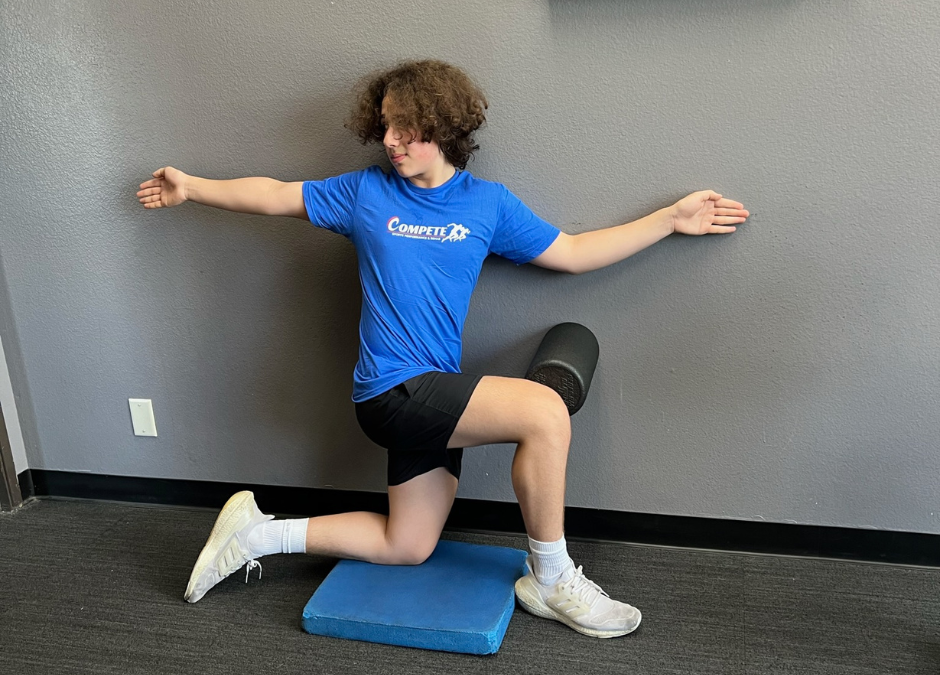When an injury occurs, athletes think of the rehab needed to get back to play. Many times, the rehab is only focused on the injured area and getting it back to baseline. A well-focused rehab program includes not only decreasing pain and swelling while regaining range of motion and strength but also preparing the whole body to meet the demands placed on the athlete when they return to play. There are many different stages of rehab, and the initial focus may be on returning function to the injured area, but as the rehab program progresses, we must look at the body as a whole. This may include a throwing program for a baseball player, even though he may have a knee injury, or skating drills for a hockey player returning from a shoulder injury. The injured area also needs to be trained to a level close to what demands they will meet when they return to their sport. This may include jumping, running, and change of direction drills following an ankle injury or pushing and pulling drills with medicine balls or cables or more ballistic-type weight-bearing exercises following a wrist injury.
As we progress the rehab program, it will begin to look like a training program and should, as we are preparing for an athlete’s return to sport. The sooner we can incorporate sport-specific drills or get the athlete involved with practice, the better. This allows them to regain skills lost during the downtime of the injury and, just as importantly, improve the emotional aspect of the athlete as they become part of the team again, even if it’s modified. An example could be allowing an ACL client to start warming up with the team, getting involved with light passing drills and shooting on the goalies.
Progression will vary with each athlete and each injury and should be overseen by a healthcare professional. Good communication with sports coaches is also beneficial at this time to assist with integrating the athlete back into practice and games.

